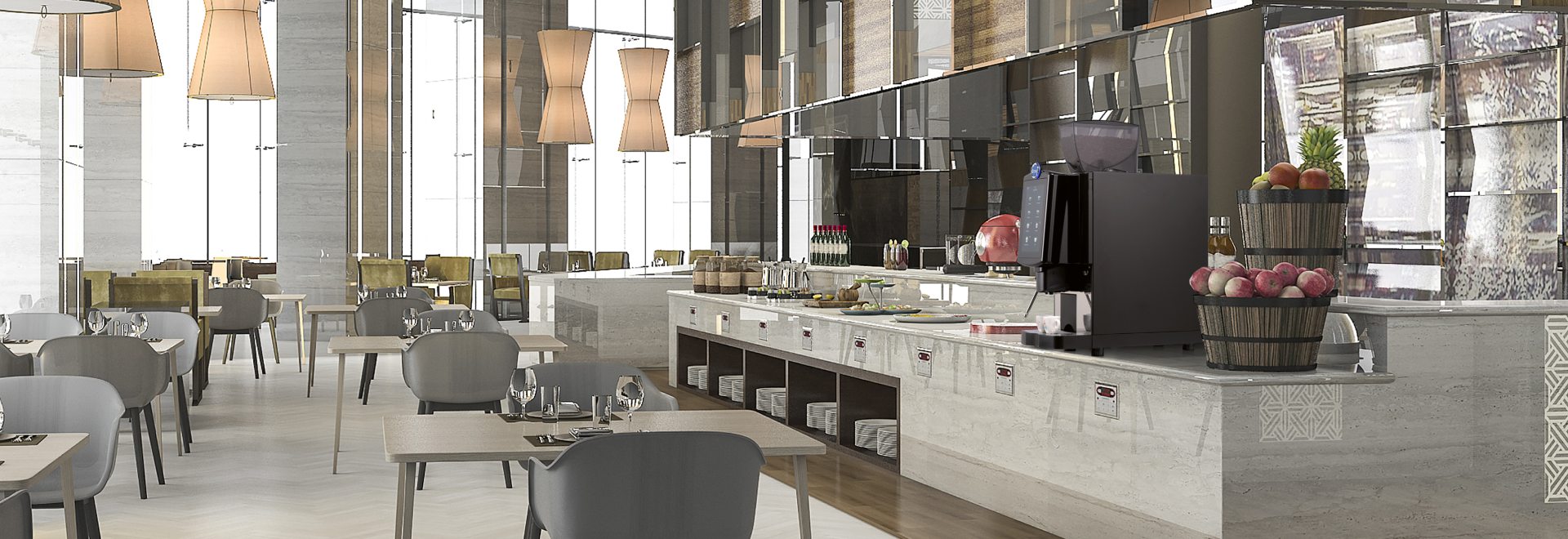Are superautomatic coffee machines the secret to a more profitable business?
Anay Mridul speaks with the founder of Coffee Culture Thailand, Susan Villota, about how coffee shop businesses can leverage superautomatic coffee machines and their innovative technology to cut costs.
Over the last few months, a lot of noise has been made about the soaring price of coffee beans: according to Nasdaq, the global trading benchmark for arabica coffee, the “C price” has been at more than $2 per pound since January. This is almost double what was throughout most of 2020.
However, for many café owners, the price of coffee isn’t the most expensive cost, even given the recent highs.
Estimates indicate that staff, rent, equipment maintenance, and energy bills eat into the vast majority of a café’s profit margins, while “raw ingredients” comprise just a third of total expenditure.
For cafés that rely on a steady stream of price-sensitive customers, keeping down the cost per cup is of the utmost importance. But as labour shortages continue to affect countries around the world and energy bills soar to record levels, it is becoming increasingly difficult to keep prices from skyrocketing.
As cafés look for long-term solutions, superautomatic coffee machines have emerged as a way of not only reducing the cost per cup of coffee, but also bringing a higher level of convenience, consistency, and innovation.
How can superautomatic coffee machines cut costs?
Superautomatic coffee machines carry a number of financial benefits for price-sensitive customers.
While, like most coffee equipment, they represent a significant upfront investment, these machines require minimal human interaction to operate, therefore reducing the cost per cup over time.
This, according to the founder of Coffee Culture Thailand, Susan Villota, carries a number of benefits not just for cafés, but a range of hospitality businesses.
“They can reduce costs a lot, as there’s no barista required,” she says. “It’s simply a great self-serve process, enabling fantastic breakfast service at hotels and resorts, and catering to large corporations with many staff members.”
Superautomatics can also have a positive impact on other overhead costs, in particular, because they demand less energy than traditional machines.
For example, machines that go into standby mode until a person is ready to use it can cut energy consumption significantly. Not only does this have financial benefits for coffee businesses, but it also appeals to customers who value sustainability.
Manufacturers such as Carimali have also developed specific superautomatics tailored for low to middle-income markets. For example, the company’s Mya Ultra retails in multiple Asian countries, targeting emerging coffee markets and addressing the region’s ever-growing demand for coffee.
China, for instance, has already seen double-digit year-on-year growth in coffee sales. Overall, Asia’s coffee consumption has grown by 1.5% in the last few years – compared to 0.5% in Europe and 1.2% in North America.
Carimali’s Mya Ultra can produce 400 cups of coffee a day, with a touch-screen menu offering a number of drinks, from double espresso to cappuccino. Machines such as these are perfect for convenience stores or high-volume self-service stations, but can also be adapted for café use.
Balancing quality & price
In low to middle-income markets, Susan explains that there is a crucial balance between product quality and price.
“In Thailand, the majority of customers look for quality and value side-by-side,” she says, adding that price has become an increasingly important factor since the outbreak of Covid-19.
Indeed, a 2021 report reveals that value for money is now a key consideration for 57% of Southeast Asian consumers.
Additionally, convenience is a top priority for Asian consumers. Superautomatic coffee machines are preferable because they are versatile and easy to use: they can be positioned in airports, offices, service stations, convenience stores, and coffee shops, offering a level of convenience that’s hard to match.
“If you were to open a convenience store, then having a superautomatic coffee machine could really boost your traffic and sales,” Susan explains “Especially if you can sell coffees at a cost of 50 baht ($1.3) a cup or less.”
However, not everyone is convinced. Some believe that superautomatics miss the expertise and “human touch” of a barista, which they say could put customers off from coming back. Susan acknowledges that this is why many prefer barista-made coffee from a manual espresso machine over a superautomatic cup of coffee.
“Coffee shops with baristas provide an entirely different service and quality of coffee,” she admits.
That said, time has shown that baristas and superautomatics can coexist in a café environment. In fact, it’s now simply a case of changing the narrative. Superautomatics aren’t here to replace baristas. Rather, they are a new type of tool that baristas can manipulate to take coffee quality to the next level.
Superautomatics definitely have a place in the growing coffee market, especially in low to middle-income countries. The secret, it seems, lies in the balance between convenience, cost, and quality.








